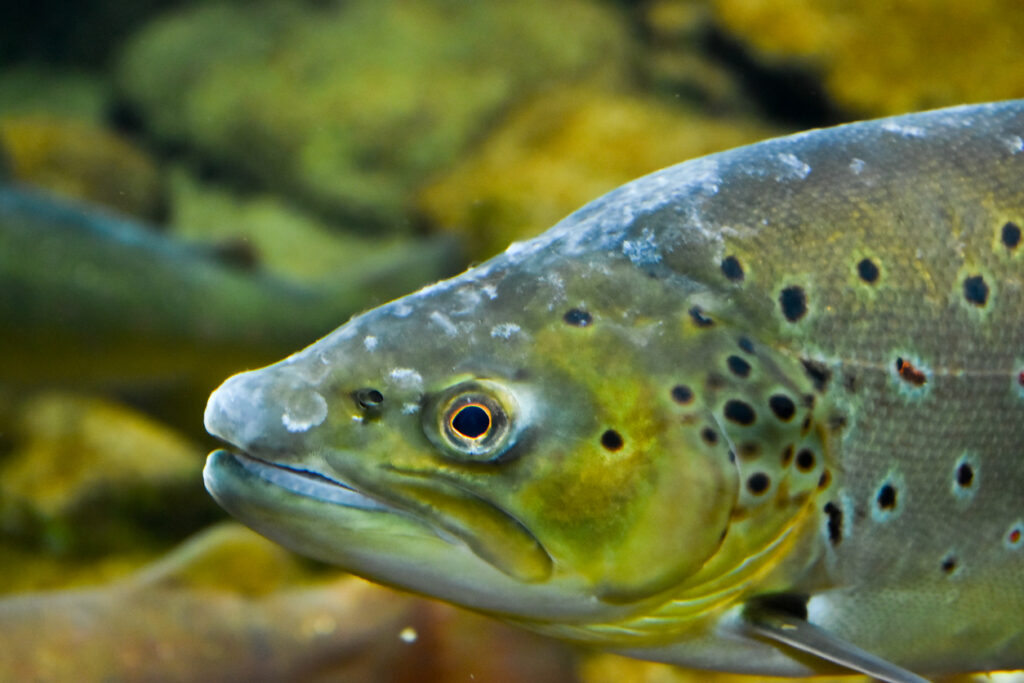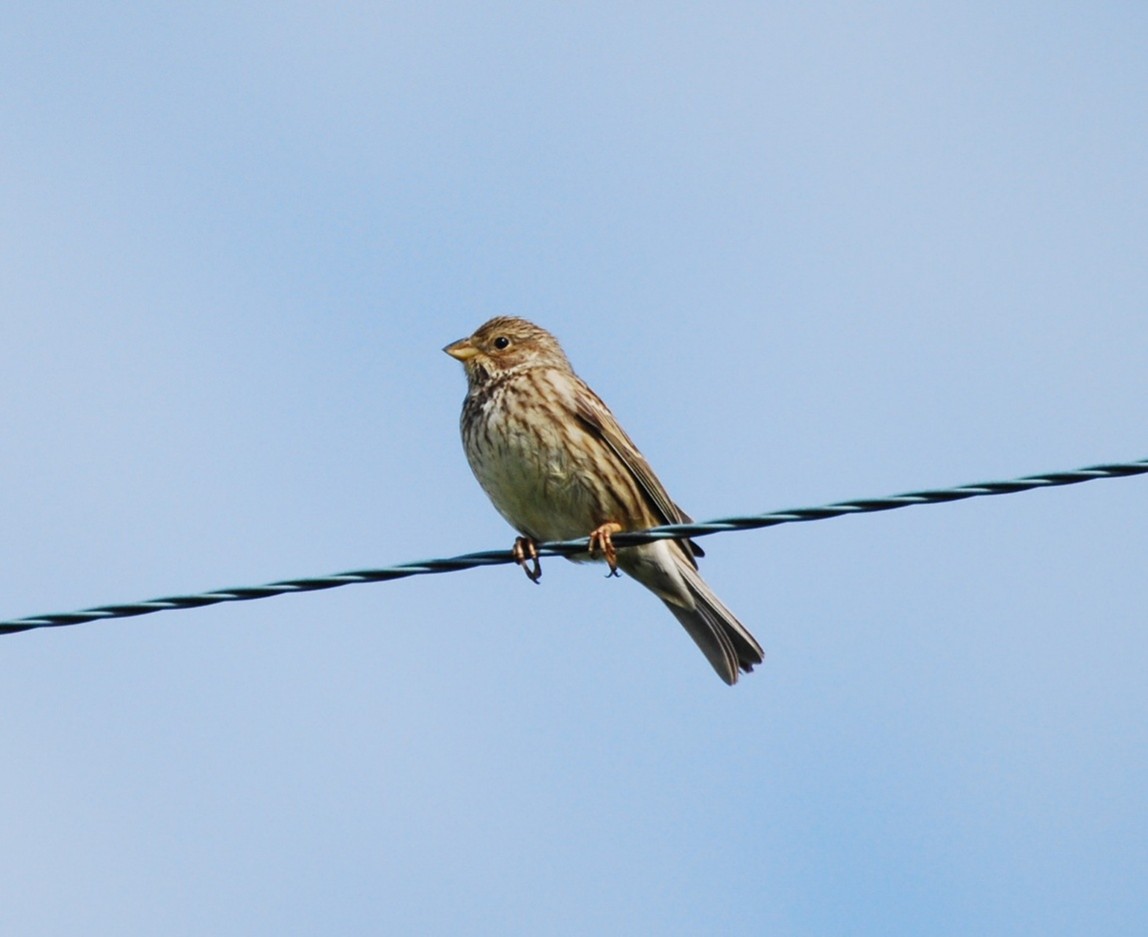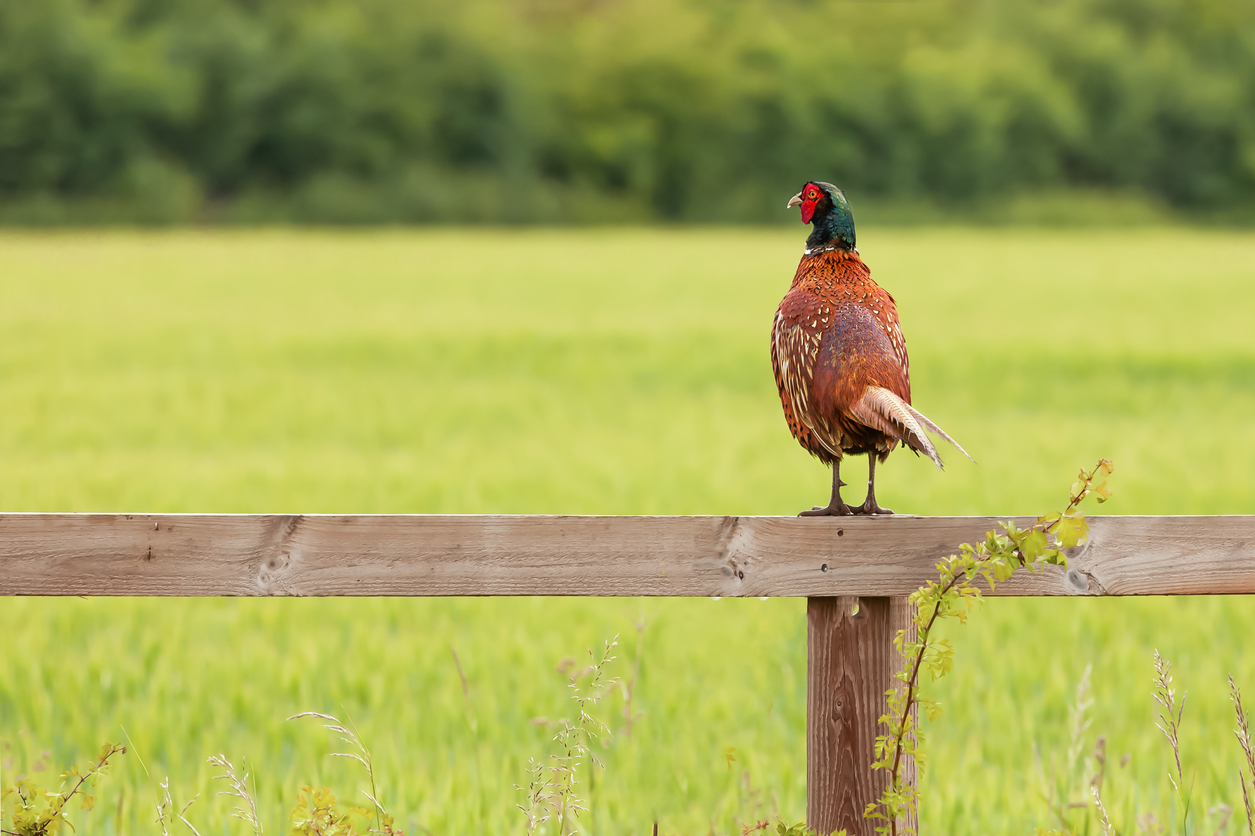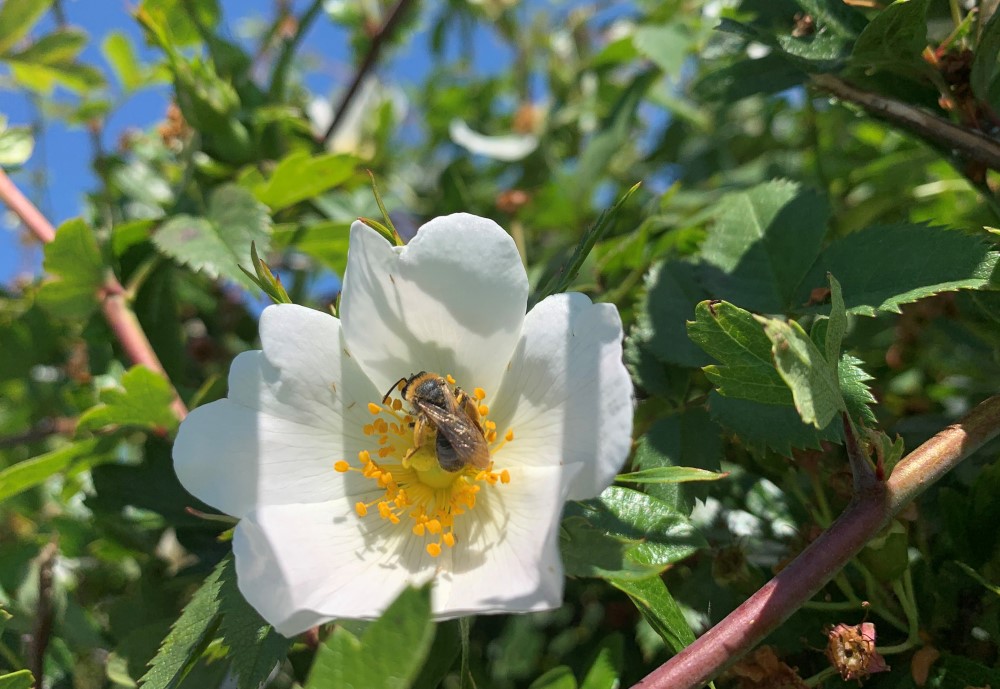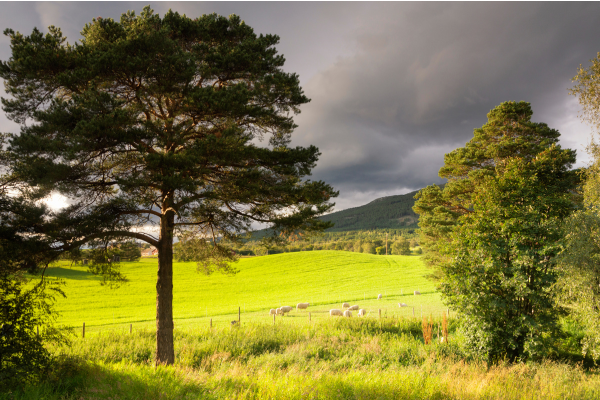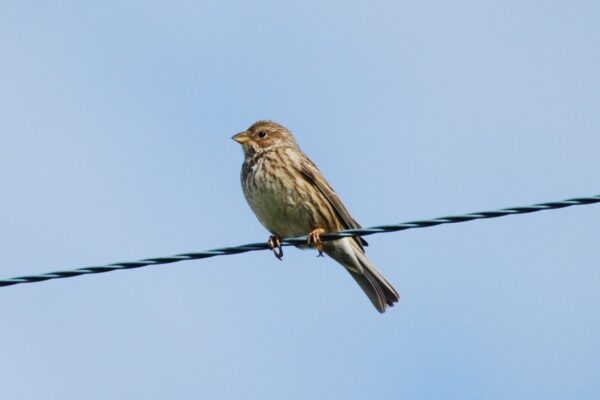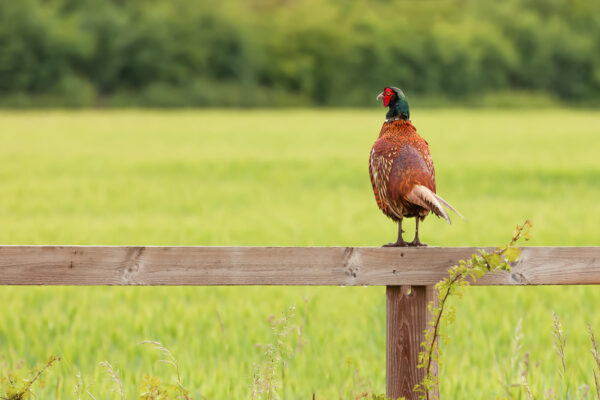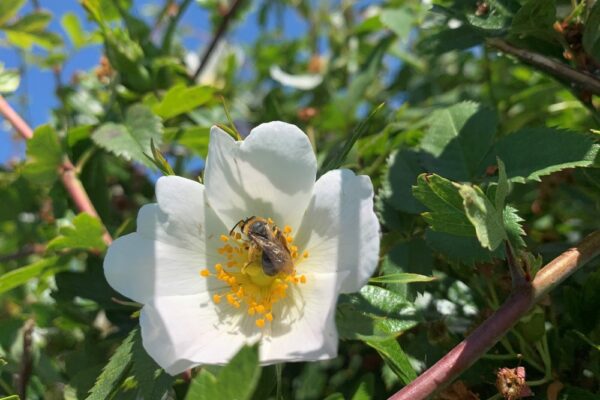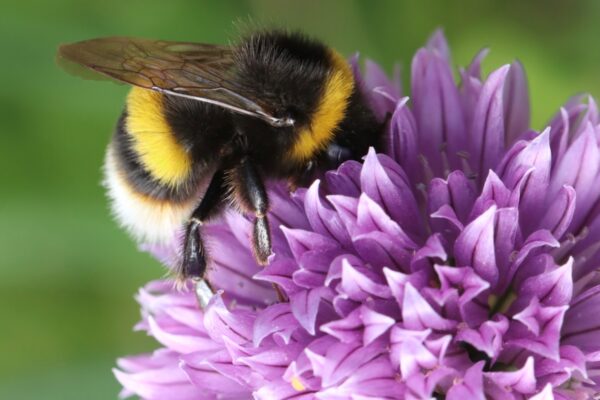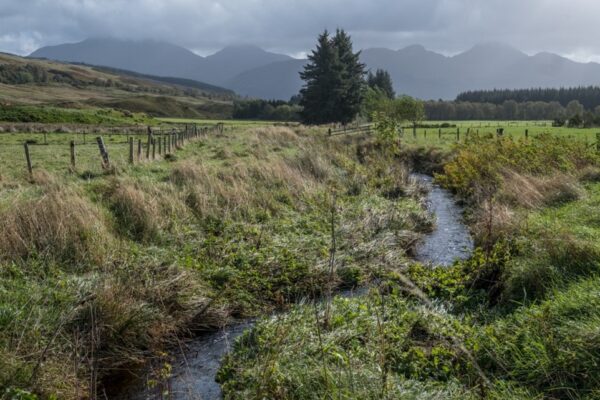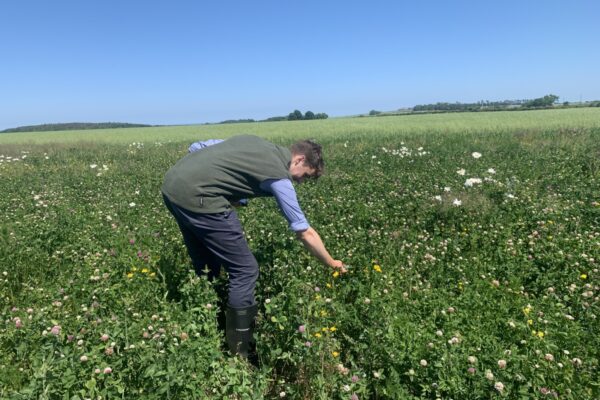How Land Managers can help Atlantic Salmon
23 July 2025Atlantic salmon (Salmo salar) are iconic of Scotland’s rivers and lochs — a keystone species whose health reflects the condition of our upland catchments. As migratory fish, salmon depend on clean, well-connected freshwater systems from spawning grounds high in the hills to feeding grounds far out at sea. Their populations face growing pressures, but land managers in Scotland’s uplands can play a key role in their recovery and the wider resilience of our freshwater environments.
Why salmon matter?
- Cultural and Economic Value: Salmon support rural tourism, angling, and local livelihoods across Scotland.
- Biodiversity Signpost: Thriving salmon indicate healthy rivers that support a web of life — including otters, dippers, kingfishers, and aquatic insects.
- Nutrient Cycling: Spawning salmon bring marine nutrients upstream, enriching upland freshwater ecosystems.
Conservation Status and Threats
UK Biodiversity Action Plan (UK BAP): Atlantic salmon is a Priority Species
- Recognised for its ecological importance and vulnerability, needing targeted conservation action.
- Scottish Biodiversity List: Listed as a Priority Species for conservation under the Nature Conservation (Scotland) Act 2004.
- EU Habitats Directive (retained in UK law post-Brexit): Atlantic salmon are protected under Annex II and Annex V, meaning they require the designation of Special Areas of Conservation and sustainable management of exploitation.
While still present in many Scottish rivers, Atlantic salmon populations have seen marked declines over the past 40 – 50 years. Key threats include:
- Poor marine survival (linked to changing ocean conditions).
- Rising river temperatures.
- Habitat degradation (e.g. sedimentation, barriers to migration).
- Water quality issues (especially during low summer flows).
- Interactions with aquaculture (e.g. sea lice, escapes).
- Predation and competition.
As a result, salmon in many Scottish rivers are in an "unfavourable declining" condition, despite ongoing management and restoration efforts.
Species Ecology and History
Ecologically, Atlantic salmon are anadromous fish, meaning they hatch in freshwater, migrate to the ocean to grow and mature, and return to their natal rivers to spawn. In Scotland, spawning typically occurs in the autumn and early winter in upland tributaries with clean gravel beds and well-oxygenated water. After hatching in spring, the young salmon (fry and later parr) spend one to three years in freshwater before transforming into smolts and migrating to sea. They then spend one to three years in the North Atlantic before returning — often with remarkable precision — to the same river, and even the same stretch of river, where they were born.
This fidelity to natal rivers has led to the development of genetically distinct populations adapted to local conditions. Scotland hosts many such unique salmon populations across its river systems, making the country particularly important for the species’ genetic diversity. These local adaptations are now considered critical for the species’ resilience, especially in the face of climate change.
Historically, salmon were once abundant in nearly all suitable Scottish rivers and were a staple food and an important economic resource. In medieval and early modern Scotland, salmon were so plentiful that they were associated with seasonal abundance and were central to trade and diet. By the 19th and 20th centuries, the species had become central to rural sport fishing and estate management, contributing to the development of fishing lodges, ghillie traditions, and iconic salmon rivers such as the Tay, Spey, Dee, and Tweed.
However, the 20th century also saw the beginning of a long-term decline due to a combination of pressures: overfishing (both legal and illegal), pollution from industrial and agricultural sources, habitat loss, migration barriers like dams and weirs, and most recently, the complex impacts of climate change and marine survival challenges. Despite these pressures, Scotland remains one of the most important countries in Europe for Atlantic salmon, and efforts to protect and restore their populations are a key focus for conservationists, land managers, and rural communities alike.
Wild Atlantic Salmon Fisheries
- Angling tourism for wild salmon attracts tens of thousands of visitors annually, particularly to rural and remote areas.
- According to studies by Marine Scotland and Fisheries Management Scotland:
- The direct economic impact of wild salmon and sea trout angling in Scotland is estimated at £75 – 100 million per year.
- It supports around 2,800 full-time equivalent jobs, many in fragile rural communities.
- Key regions include the Spey, Dee, Tweed, Tay, and numerous west coast and Highland rivers.
- Anglers spend on accommodation, food, guiding, equipment, and local services — often outside peak tourist seasons.
From a biodiversity perspective, Atlantic salmon are a vital component of Scotland’s freshwater ecosystems and serve as a strong indicator of environmental health. Their lifecycle, which spans both freshwater and marine environments, connects multiple habitats and species. Salmon require clean, well-oxygenated rivers with diverse in-stream features and natural flow patterns to spawn successfully, making them especially sensitive to ecological degradation. As such, their presence signals a well-functioning river system.
In addition to their role as indicators, Atlantic salmon contribute directly to ecosystem dynamics. When adult salmon return from the ocean to spawn and die, they bring with them marine-derived nutrients that enrich upland freshwater habitats. These nutrients support the growth of aquatic invertebrates and plants, creating a richer food web for other species such as dippers, otters, kingfishers, and even terrestrial mammals that scavenge dead fish. Juvenile salmon, or parr, are themselves an important prey species, supporting predators throughout the year.
The conditions required to support healthy salmon populations — such as intact riparian zones, natural flow regimes, and low levels of pollution — also benefit a wide range of other biodiversity, from aquatic insects to wading birds. In essence, efforts to conserve and restore salmon habitats deliver broader gains for nature, making Atlantic salmon a powerful flagship for freshwater conservation in Scotland.
Actions to benefit Atlantic Salmon
Catchment-Scale Collaboration
Improving conditions for Atlantic salmon is most effective when carried out across entire river catchments. Because salmon migrate between different habitats throughout their lifecycle, restoring their populations requires joined-up actions between farms, estates, fisheries trusts, and local communities. Coordinated efforts are especially important in tackling issues like diffuse pollution, habitat fragmentation, and invasive species.
Riparian Habitat Restoration
Planting or naturally regenerating native trees along rivers and burns helps shade the water, keeping it cooler in summer — crucial as climate change drives up water temperatures. Tree roots stabilise riverbanks, reduce erosion, and support a healthy aquatic food chain by dropping leaves and insects into the water. Species like willow, alder, birch, and rowan are ideal for riparian zones in upland Scotland.
Soil and Sediment Management
Fine sediment entering rivers from eroded peatlands, poached grazing land, forestry tracks, or cultivation can smother spawning gravels and reduce oxygen levels needed for egg development. Actions such as blocking old hill drains, rewetting peatlands, fencing off vulnerable watercourses, and using cross-drainage on tracks all help reduce these inputs and improve water quality for salmon and other species.
Channel Naturalisation and Barrier Removal
Restoring natural river and burn structure — by reintroducing meanders, pools, and woody debris — enhances habitat diversity and oxygenation. Adding features like boulders and root wads helps create shelter for juvenile salmon and improves conditions for feeding and migration. Where possible, removing man-made barriers such as culverts or small weirs helps reconnect vital spawning and nursery areas in the headwaters.
Control of Invasive Species
Invasive riparian plants like Himalayan balsam, Japanese knotweed, and giant hogweed can reduce native vegetation, destabilise riverbanks, and impact aquatic biodiversity. American mink can also prey on juvenile fish and nesting birds. Landscape-scale control efforts — especially those involving neighbouring land managers working together — can restore native plant cover and protect river ecosystems.
Grazing and Deer Pressure Management
Overgrazing by livestock or deer can prevent trees and shrubs from establishing naturally along riverbanks. This limits shade, increases erosion risk, and reduces bank stability. Adjusting grazing regimes, fencing sensitive areas, and managing deer populations can allow vegetation to recover, benefiting both salmon and a wide range of terrestrial and aquatic species.
Alexander Pirie
Sign up to the FAS newsletter
Receive updates on news, events and publications from Scotland’s Farm Advisory Service

